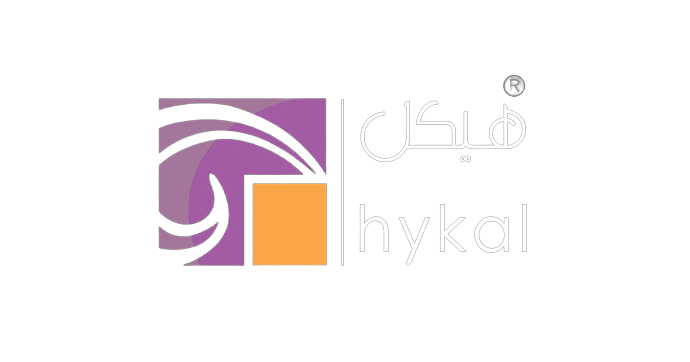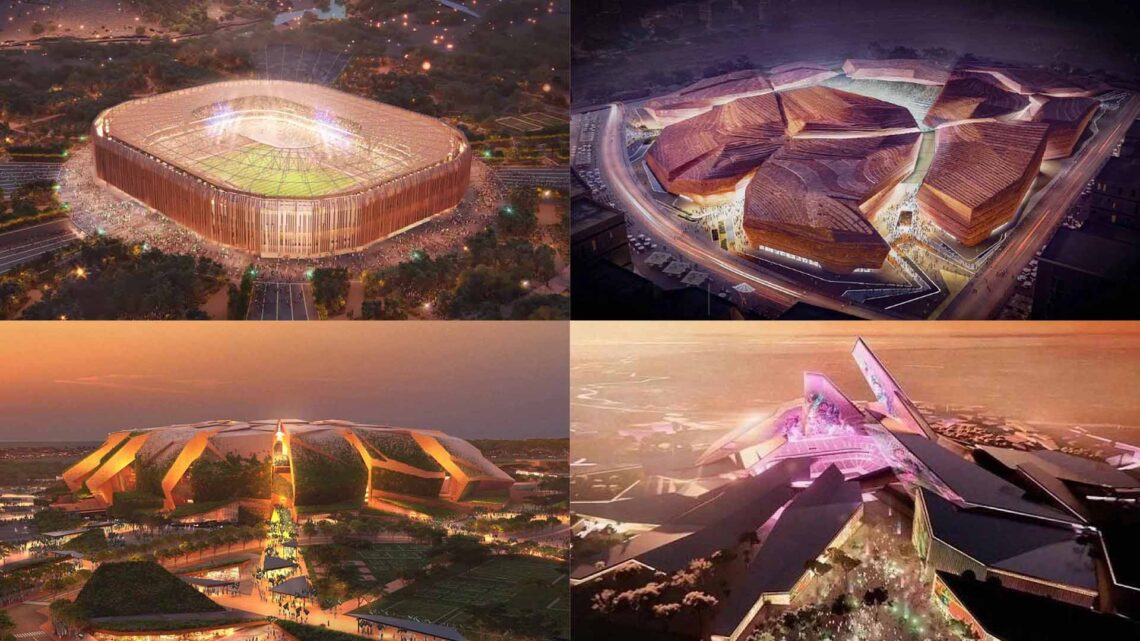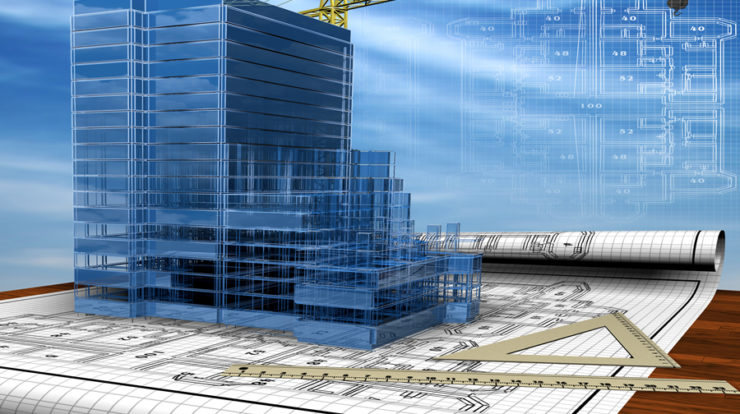Urban Development and Infrastructure for the 2034 FIFA World Cup in Saudi Arabia
Urban Development and Infrastructure for the 2034 FIFA World Cup in Saudi Arabia
In addition to being a game-changing event for sports, the 2034 FIFA World Cup in Saudi Arabia is expected to significantly impact the host cities’ urban development. A number of infrastructural upgrades are planned as the country gets ready to welcome international attention in order to improve the entire experience for both locals and fans. The contributions of regional architectural and engineering enterprises will be essential to this change, since their knowledge will be crucial in creating an urban environment that is sustainable, inventive, and useful.
Adapting to Extreme Heat: Material Choices and Design Innovations
Building effective transit systems will be one of the main goals of urban development. Upgrading current road networks, increasing public transport choices, and establishing high-speed rail connections between host cities will be given top priority as towns prepare for a spike in tourists during the event.
Using their understanding of local circumstances and traffic patterns, local engineering firms will play a key role in these modifications. They may create roads that maximise traffic flow, lessen congestion, and improve safety by using sophisticated modelling techniques. Smart traffic management technologies, for example, will be created to track and modify traffic signals in real time, guaranteeing convenient transportation for both residents and visitors.
Additionally, tourists will find it simpler to go between stadiums, lodging facilities, and attractions with the incorporation of public transportation options including light rail and bus rapid transit. By creating visually beautiful transit stations that are not only useful but also improve the urban environment, local architecture companies will also support this endeavour.
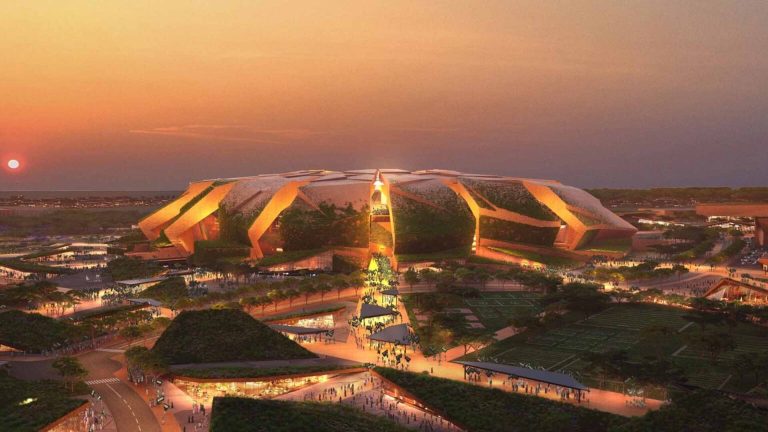
Stadium Developments
The 2034 World Cup in Saudi Arabia will feature a remarkable array of stadiums, each designed with innovative architecture and a focus on sustainability. Key venues include:
- King Fahd Sports City Stadium, Riyadh: Undergoing significant renovations, this iconic stadium will enhance its seating capacity from 58,000 to 70,000, providing upgraded fan amenities while maintaining its cultural significance. Local firms will be instrumental in modernizing its design.
- New Murabba Stadium, Riyadh: A state-of-the-art facility inspired by the bark of an acacia tree, it will feature a capacity of 45,000. The design aims to create a vibrant atmosphere, integrating elements that reflect local heritage.
- King Salman International Stadium, Riyadh: Set to be the country’s largest stadium with a capacity of 92,000, it will host the World Cup final. Designed by Populous, it will blend into the surrounding landscape, offering effective shading and ventilation suited to the desert climate.
- King Abdullah Sports City Stadium, Jeddah: Originally opened in 2014, this 62,000-capacity stadium will undergo refurbishments to improve spectator experiences, focusing on acoustics and sightlines to enhance overall fan engagement.
- Qiddiya Coast Stadium, Jeddah: This vibrant venue will feature a design inspired by the movement of a Mexican wave, emphasizing sustainability and community connection. Its innovative architecture aims to create a lively match atmosphere.
- Neom Stadium, Neom: Described as the “most unique stadium in the world,” it will be located 350 meters above ground within The Line mega project, offering stunning vistas and an unprecedented matchday experience.
- Aramco Stadium, Al Khobar: Currently under construction, this 47,000-seat stadium will draw inspiration from the coastal whirlpools of Saudi Arabia, incorporating a series of sail-like forms into its design.
- King Khalid University Stadium, Abha: This existing stadium will be expanded to accommodate 45,000 spectators during the World Cup, reflecting local architectural traditions in its renovation.
These stadiums will serve not only as venues for matches but also as community hubs, featuring training facilities, recreational areas, and commercial spaces. The collaboration with local architectural and engineering firms ensures that each venue authentically reflects Saudi Arabia’s cultural and climatic context.
Urban Development
Beyond stadiums and transit, the World Cup will have a significant impact on the surrounding urban development. Cities will be completely transformed, with an emphasis on developing thriving, mixed-use communities that combine commercial, residential, and recreational areas.
- Smart Urban Planning: Local businesses will prioritise mixed-use developments that foster a live-work-play environment and place an emphasis on integrated urban planning. Long trips are less necessary with this strategy, which also encourages community involvement. Architectural companies will guarantee that developments satisfy the unique demands of communities by working in conjunction with local governments and stakeholders.
- Public Realm Enhancements: Bike lanes, broader walkways, and public art displays will all be included into the rebuilt streetscapes. In addition to increasing mobility, this urban design strategy makes cities more aesthetically pleasing and welcoming to both locals and tourists. To design areas that represent the local character and culture, local architects will collaborate closely with artists and community members.
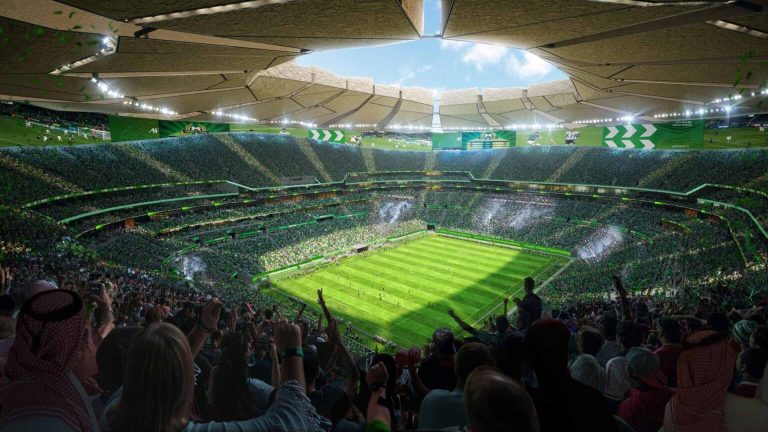
Green Spaces
A key component of urban development for the 2034 World Cup will be the creation and enhancement of green spaces. Recognizing the importance of nature in urban environments, the following initiatives will be prioritized:
- Urban Parks and Gardens: New parks will be established in and around stadiums and urban centers, providing essential green spaces for relaxation and recreation. These parks will feature walking trails, playgrounds, and areas for outdoor activities, fostering a healthier lifestyle for residents. Local firms will be involved in the design of these spaces, ensuring they are accessible and cater to diverse community needs.
- Sustainable Landscaping: The development will emphasize native plants and xeriscaping to minimize water usage, aligning with the region’s climate and promoting biodiversity. Rain gardens and green roofs will also be integrated into buildings to manage stormwater and improve air quality. Local landscape architects will utilize their expertise to create sustainable, low-maintenance designs that enhance the urban environment.
- Community Green Spaces: The planning process will involve community input to ensure that green spaces meet local needs and preferences. This participatory approach will enhance community ownership and engagement with these areas. Local firms can facilitate workshops and consultations, ensuring that the voices of residents are heard in the planning process.
- Recreational Facilities: In addition to parks, the development of sports facilities and outdoor recreational spaces will encourage active lifestyles. Local engineering and architectural firms will collaborate to design multi-use facilities that can host various activities, from organized sports to informal gatherings.
Local Architectural and Engineering Firms: Their Significance
The use of smart city technologies will also have a big impact on urban growth. These developments, which include real-time traffic control systems, smart lighting, and waste management solutions, are intended to improve the efficiency and sustainability of urban living. Better connectivity made possible by digital infrastructure will make information and services freely accessible to both residents and tourists.
Local IT firms and engineering specialists will create and execute these ingenious solutions. By using local expertise, cities can ensure that technologies are appropriate for the unique challenges of Saudi Arabian urban life.
Integration of Smart City Technologies
The involvement of local architectural and engineering firms is vital for the success of the urban development associated with the 2034 FIFA World Cup. These firms possess a deep understanding of the cultural, social, and environmental context of Saudi Arabia, allowing them to create designs that are not only functional but also resonate with local communities.
- Cultural Relevance: Local firms have the ability to incorporate elements of Saudi heritage into their designs, ensuring that new developments respect and reflect the nation’s rich cultural history.
- Sustainability Expertise: With increasing global emphasis on sustainability, local firms are well-positioned to implement green building practices and technologies that minimize environmental impact while enhancing energy efficiency.
- Community Engagement: By engaging with local stakeholders, architectural and engineering firms can create spaces that meet the specific needs and preferences of communities, fostering a sense of ownership and pride.
- Economic Growth: The World Cup presents a unique opportunity for local firms to showcase their capabilities, potentially leading to future projects both domestically and internationally. This can stimulate economic growth and create jobs within the region.
- Innovation and Technology: Local firms are increasingly adopting innovative technologies and practices, positioning themselves as leaders in the field. Their contributions can help Saudi Arabia become a model for smart, sustainable urban development.
Conclusion
The emphasis on urban development, transport upgrades, and the establishment of green spaces as Saudi Arabia gets ready for the 2034 FIFA World Cup will not only get the nation ready for the competition but also leave a lasting legacy that will improve the standard of living for its citizens. The competition has the potential to turn host cities into cutting-edge, interconnected centres that honour creativity and culture.
The initiatives will be grounded in sustainability, cultural significance, and community engagement, thanks to the crucial contributions of regional engineering and architectural enterprises. These companies will make sure that the cityscape not only satisfies World Cup requirements but also creates a lively, livable atmosphere for many years to come. A vision that is in line with Saudi Arabia’s larger objectives of modernisation and sustainability will require a dedication to local knowledge.
